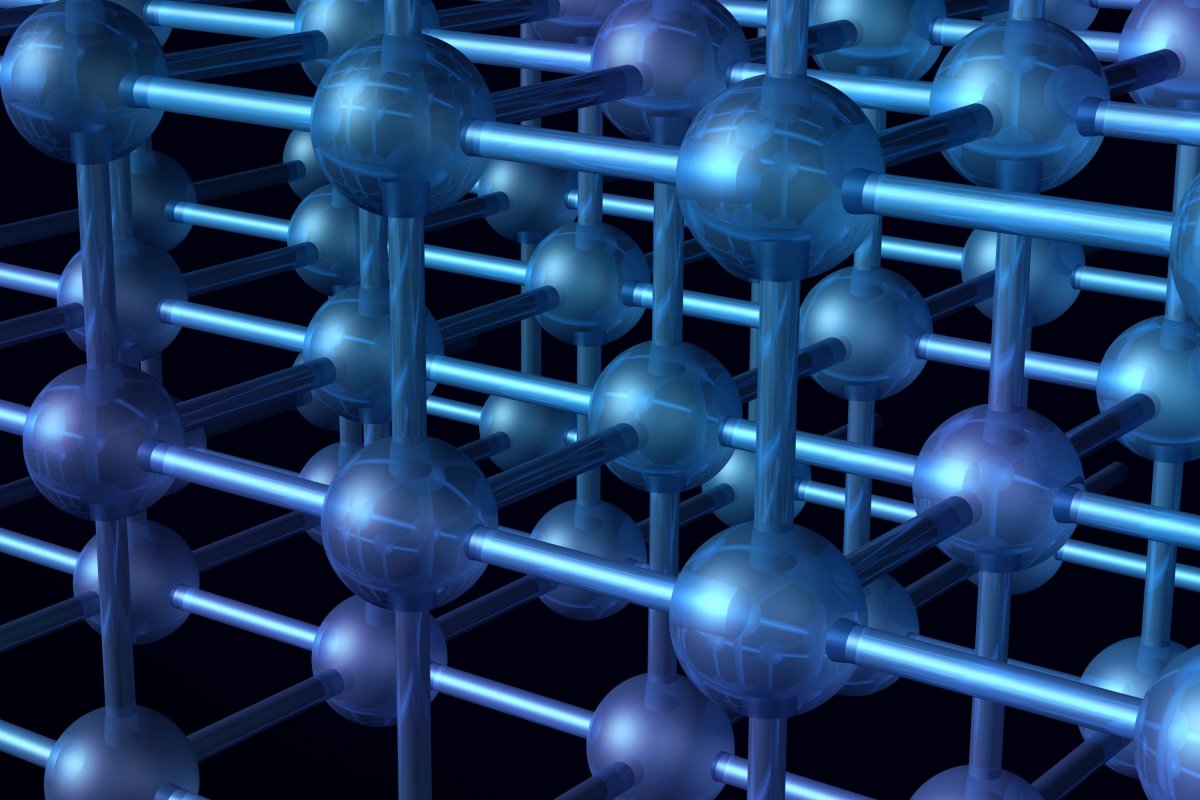Scientists have discovered an exception to a 200-year-old natural law in science.
Researchers at the University of Massachusetts Amherst were looking at Fourier's Law—the law of heat conduction that details how heat diffuses through solid materials.
The law states that the level of heat transfer through an object correlates to the negative gradient in temperature and the area, at right angles to that gradient, through which the heat flows. It explains why a hot drink in a mug gradually travels through the solid to eventually warm our hands.
Scientists already know that there are some exceptions to this rule at a nanoscale, however, they have now found that it is not always true on a macro scale, either. The findings are detailed in a study published in the Proceedings of the National Academy of Sciences.

"It's not that Fourier's Law is wrong," Steve Granick, Robert K. Barrett Professor of Polymer Science and Engineering at UMass Amherst and the paper's senior author said in a summary of the findings. "Just that it doesn't explain everything we see when it comes to heat transmission. Fundamental research like ours gives us an expanded understanding of how heat works, which will offer engineers new strategies for designing heat circuits."
Granick said that the research began with the "simple question" of "what if heat could be transmitted by another pathway, not just the one that people had assumed?" The researchers' exception to the rule was found by using translucent polymers and inorganic glasses. Both of these materials allow heat to diffuse through them, but researchers believed that due to their translucence, energy may also be able to radiate through them, the study reports.
They found that these materials allowed energy to flow through internally. This energy then interacted with small structural imperfections within the materials, which created secondary heat sources, the study reported.
"No one has tried this before," lead author Kaikai Zheng, a senior research fellow at UMass Amherst, said in a statement. "There's something unexpected happening within translucent polymers."
They reached their finding by testing samples of the translucent materials in a vacuum that allowed them to test the hypothesis without the disruption of air. In one sample they conducted heat by using a laser. In the other sample, they heated only one side while the other side was kept cold.
An infrared camera then showed them what was happening to each sample. They repeated the experiment multiple times and always found something strange that presented exceptions to Fourier's Law.
"Sometimes creativity requires that you put the textbook aside for a moment," Granick said.
Do you have a tip on a science story that Newsweek should be covering? Do you have a question about this study? Let us know via science@newsweek.com.
Uncommon Knowledge
Newsweek is committed to challenging conventional wisdom and finding connections in the search for common ground.
Newsweek is committed to challenging conventional wisdom and finding connections in the search for common ground.
About the writer
Robyn White is a Newsweek Nature Reporter based in London, UK. Her focus is reporting on wildlife, science and the ... Read more
To read how Newsweek uses AI as a newsroom tool, Click here.






